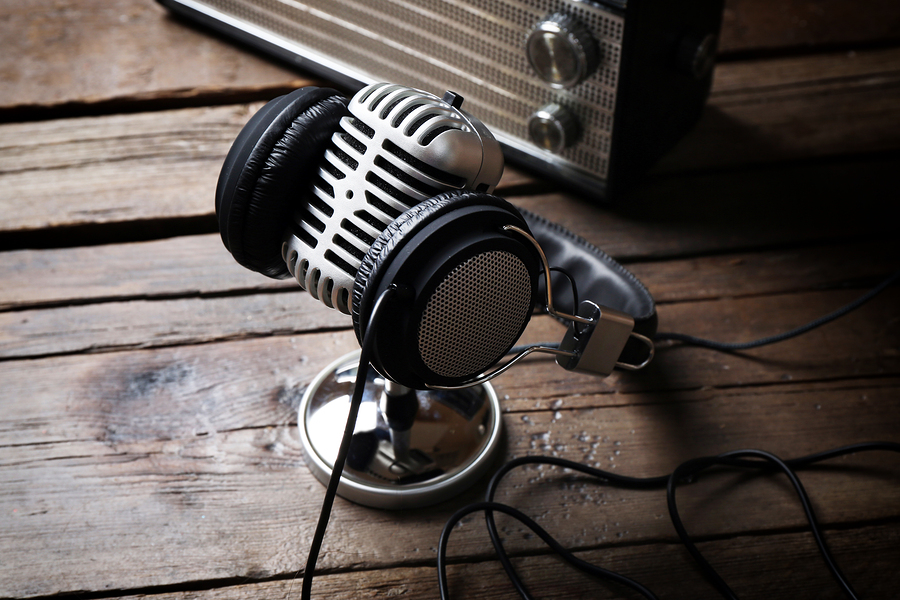
I’ve been reading a lot lately about the state of radio or audio as it is now referred to in the wireless world. Below are a sample of headlines highlighting some of the changes that are predicted to transform the industry in the future:
- The Collapse of Big Radio – iHeart Media and Cumulus the two largest radio companies in the industry are struggling under debt and potential collapse…
- The Wi-Fi Quipped Car – With Wi-Fi, drivers and passengers can go directly to Pandora or other streaming services without ever thinking about the radio in the dashboard…
- Radio Will Go Entirely Digital – The structure of the radio industry was built around a technology that’s a century old…
- Streaming is Radio’s Best Hope – People who buy media think streaming holds the future for radio and is its great promise…
As a heavy user of radio as far back as I can remember I started thinking about how my listening habits have evolved over the years.
My love of radio started with the transistor radio and baseball – the Phillies and classic announcers like By Saam, Bill Campbell and later Harry Kalas and Richie “Whitey” Ashburn. I was one of the thousands of kids sneaking the radio under the covers to listen to games way past my bedtime. Baseball on the radio has been referred to as theater of the mind because of the relationship between the announcer and fan. Anyone who grew up listening to baseball on the radio will attest to this. Even today if I’m watching a game on TV I prefer to listen to the radio announcers.
“It’s only rock and roll but I like it.” Just as radio fed my passion for baseball it started a lifelong passion for music. Like baseball announcers, DJ’s from Philadelphia stations WMMR and WYSP connected with me and brought the music and artists to life. They chose which artists to play and which not to play. They told kids who and what was cool. They were as popular as sports stars. In both instances radio’s singular power to connect with listeners was a chief selling point as a medium and to advertisers.
In the wireless age the way we individually tune into audio is as unique as the ear bud or headphones we sport while listening. My consumption habits have changed dramatically in the past decade with the rise of streaming services like Pandora and Spotify, podcasting and satellite radio. On the music front, Pandora and Spotify have fundamentally changed the way I listen to and collect music. Although my streaming usage prompted me to dust off my turntable and start listening to and buying vinyl again. My consumption may have changed, but my appetite for music is strong as ever. The same is true with audio and baseball. While there will always be an intimacy to baseball on terrestrial radio there are numerous streaming apps available to tune into games across platforms.
A study by Edison Research that measured time spent listening to audio sources illustrates the fragmented nature of how we consume audio:
Reality: AM/FM Radio is the Centerpiece of Audio (Share of Audio Time Spent)
- AM/FM Radio 52%
- Owned Music 14%
- Music Videos on YouTune 6%
- Pandora 6%
- Ad-Free SiriusXM 5%
- Other Streaming Audio 4%
- Spotify 3%
- TV Music Channels 5%
- Podcasts 2%
- Ad-Supported SiriusXM 1%
- Other 1%
Despite a constantly changing audio landscape, AM/FM radio still dominates more than half of the more than 4 hours a day Americans spend with all sources of audio. AM/FM radio’s 52% share is 9 times bigger than Pandora and 17 times bigger than Spotify. Interestingly, SirusXM’s audience to their ad-supported channels is a microscopic one share. One thing is certain, the audio space is vibrant and our listening habits will continue to evolve. An article from Radio World may have stated it best:
“The internet has transformed the media industry in so many ways, largely due to its interactive possibilities. We just need to remember there are some tasks out there (driving, cooking, minding the family and doing productive work) that are best done with limited interruptions. Somewhere out there a large majority of folks are just looking to be entertained while they do other tasks.”
I close with what is considered the most famous home-run call in radio history. It happened in October 1951. Russ Hodges, the announcer for the New York Giants, called Bobby Thompson’s “shot heard round the world” that beat the dreaded Dodgers.
Overcome with excitement, Hodges shouted: “The Giants win the pennant! The Giants win the pennant! The Giants win the pennant, and they’re goin’ crazy, they’re goin’ crazy, wa-hoo. I don’t believe it, Bobby Thompson hit a line drive into the lower decks of the left-field stands and the place is goin crazy…The Giants won it by a score of 5 to 4 and they’re pickin’ Bobby Thompson up and carrying him off the field.”
The power of radio, I mean audio!

A L A N M A Y
Media Director
